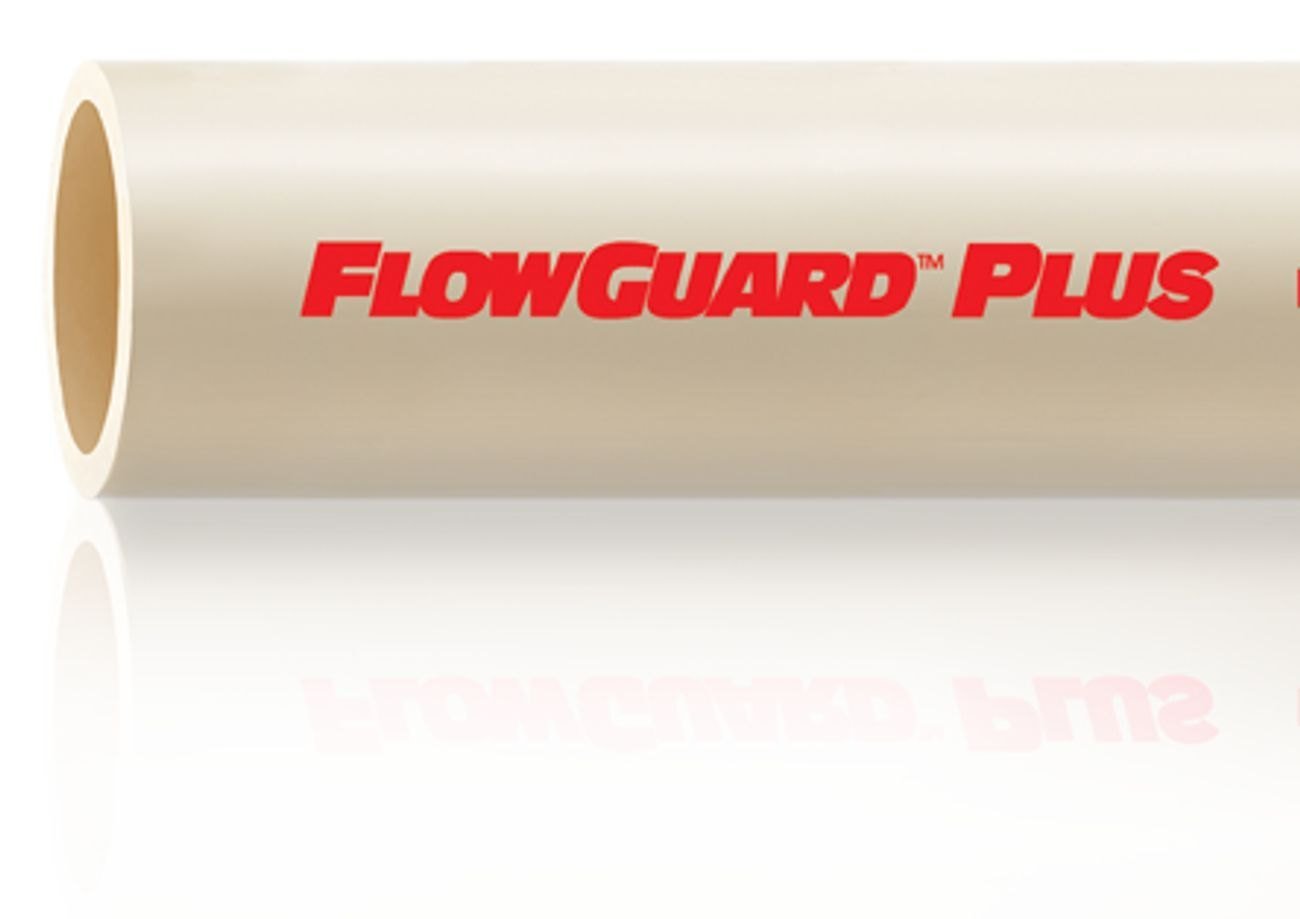
Understanding the Burst Resistance of CPVC Pipe
The burst resistance of CPVC pipe is a crucial aspect of its performance in plumbing systems. It's important to understand how CPVC pipes hold up under pressure and what makes them a preferred choice in scenarios where pipe bursts are a concern. This resilience is a combination of the material's inherent properties and the unique joining process used in CPVC pipe installations.
Learn About CPVC Pipe Pressure Rating
The pressure rating of a CPVC pipe is a key indicator of its ability to withstand internal pressures without failing. CPVC pipes are designed to handle varying levels of pressure, making them suitable for a wide range of applications in both residential and industrial settings. This rating is determined based on the pipe's diameter, wall thickness, and the material's response to temperature and chemical exposure. Understanding the pressure rating helps in choosing the right CPVC fittings for specific requirements and operating conditions. Also, the temperature de-rating factor reduces a material's pressure-bearing capacity as operating temperatures rise. Higher temperatures weaken materials, so their maximum allowable load or pressure is decreased to ensure safe operation.

How CPVC Piping Joints Offer Burst Resistance
One of the standout features of CPVC piping is the exceptional burst resistance offered by its joints. Contrary to common vulnerabilities found in metallic or other plastic piping systems, CPVC joints, especially in the jointed areas where the surfaces are doubled layers, are often the strongest part of the system. This strength is largely attributed to the process of solvent cement welding, which is not just a method of adhesion but a chemical fusion.

Solvent cement works by softening the surface layers of the pipe and fitting, allowing the CPVC molecules to intertwine and harden as the solvent evaporates. This creates a 'fusion area' where the joint essentially becomes as strong as or stronger than the pipe or fitting itself. Properly assembled, these joints contribute significantly to the overall burst resistance of the CPVC system.
In testing scenarios, such as the ASTM D1599 for short-term hydraulic failure, solvent-welded CPVC joints have exhibited remarkable burst resistance. For instance, FlowGuard Plus CPVC pipe joints have been tested to withstand pressures up to 1895 psi, showcasing their robustness.
CPVC Pipe Installation and Burst Resistance
Proper installation plays a pivotal role in ensuring the burst resistance of CPVC pipes. The solvent cement joint process requires precision and understanding of the correct application techniques. This includes preparing the pipe and fitting surfaces, applying the right amount of solvent cement, and allowing adequate time for curing. A well-executed solvent cement joint not only ensures a leak-proof system but also enhances the overall strength and pressure-bearing capacity of the CPVC piping system.
Decoding CPVC Pipes
The burst resistance of CPVC pipes is a testament to their reliability and suitability for demanding plumbing applications. Their exceptional joint strength, coupled with a high-pressure rating, makes them a smart choice for systems where durability and safety are paramount. By understanding and implementing proper installation techniques, the full benefits of CPVC piping can be realised, ensuring a secure and efficient plumbing system. Whether you are new to CPVC or looking to enhance your knowledge, resources like the FlowGuard Plus Pipe and Fittings Installation Guide are invaluable for mastering the intricacies of working with CPVC.
FAQs
1. What is the burst pressure for a CPVC pipe?
The burst pressure for CPVC pipes varies depending on the specific type and size of the pipe, as well as the manufacturer's specifications. Generally, CPVC pipes have a high burst pressure rating, often able to withstand internal pressures far exceeding typical residential or commercial water system requirements. Manufacturers conduct tests according to standards like ASTM D1599 to determine the burst pressure, which can range significantly but is typically in the range of several hundred to over a thousand psi.
2. Can CPVC pipes burst?
While CPVC pipes are highly resistant to bursting due to their robust material properties and high burst pressure ratings, they can still burst under certain conditions. Factors that might lead to a CPVC pipe bursting include improper installation, exposure to temperatures beyond the material's tolerance, excessive pressure beyond the pipe's rated capacity, or degradation due to chemical exposure. However, under normal operating conditions and with proper installation, the likelihood of CPVC pipes bursting is relatively low.
3. How is CPVC pipe burst pressure calculated?
The burst pressure of a CPVC pipe is calculated through standardised testing, such as the ASTM D1599 test method for hydraulic failure pressure. In these tests, the pipe is subjected to increasing internal pressure until it bursts. The pressure at which the pipe fails is recorded as the burst pressure. This process involves applying pressure in a controlled environment, measuring the pipe's response to the stress, and considering factors such as the pipe's diameter, wall thickness, and the material's characteristics. The resulting data is used to establish the maximum pressure the pipe can handle before failing, which is then used to determine its burst pressure rating.

Prasenjit Misra
Prasenjit Misra, an accomplished professional, having extensive exposure in plumbing field, currently holds the position of Lead Demand Creation & Business Development of TempRite South Asia division at Lubrizol India.
